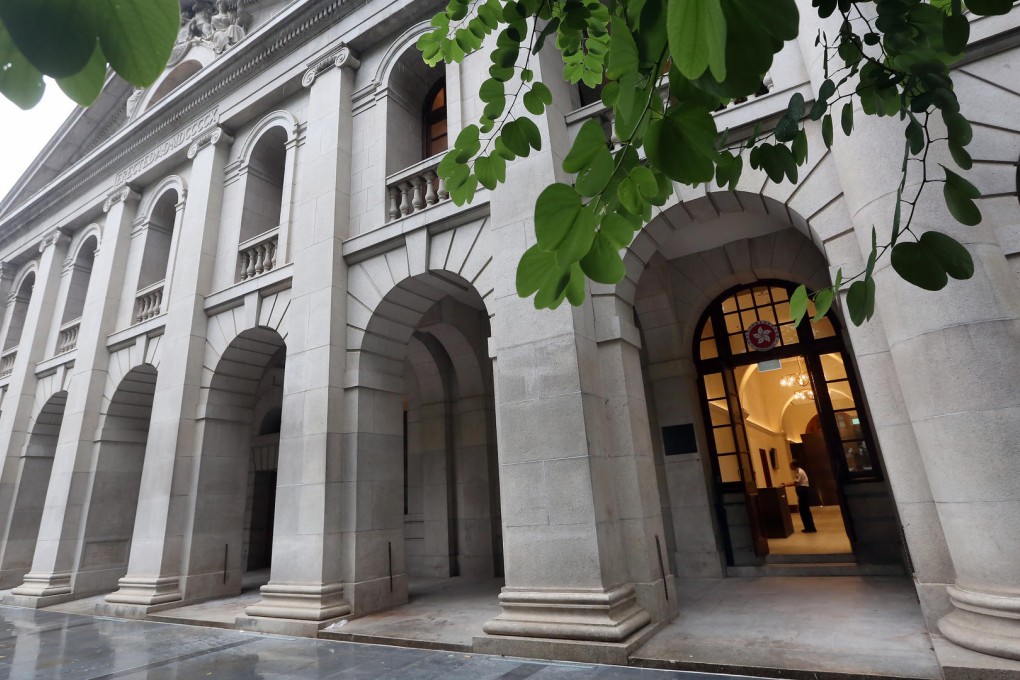Court of Final Appeal building is a timeless symbol of Hong Kong's most cherished legal ideals

What does the building's history say to us? Is history still relevant?
The building was purpose-built as the Supreme Court of the Hong Kong colony and was one of the buildings in Royal Statue Square symbolising British imperial rule.
The foundation stone was laid in 1903 and it was formally opened in 1912 by Sir Frederick Lugard, the governor of Hong Kong, who made a statement about law, justice and architecture.
"Our courts of justice shall always surpass all other structures in durability, firm set on their foundations and built four-square to all the winds that blow, as an outward symbol perhaps of the justice which shall stand firm though the skies fall," he said.
The court building, designed by two prominent British architects, Sir Aston Webb (1849-1930) and E. Ingress Bell (1837-1914), is a magnificent two-storey granite structure that combines Greek, Roman, English and Chinese architectural elements and neo-classical style in an elegant way. Aston and Bell also designed the Victoria Law Courts in the English city of Birmingham (1886) and many other famous buildings.